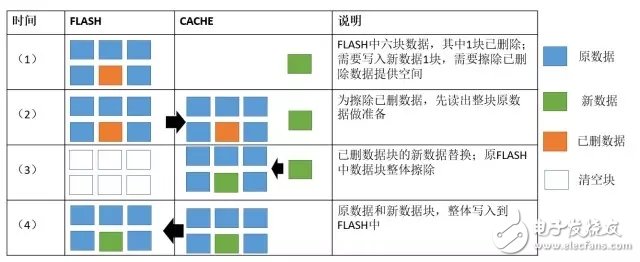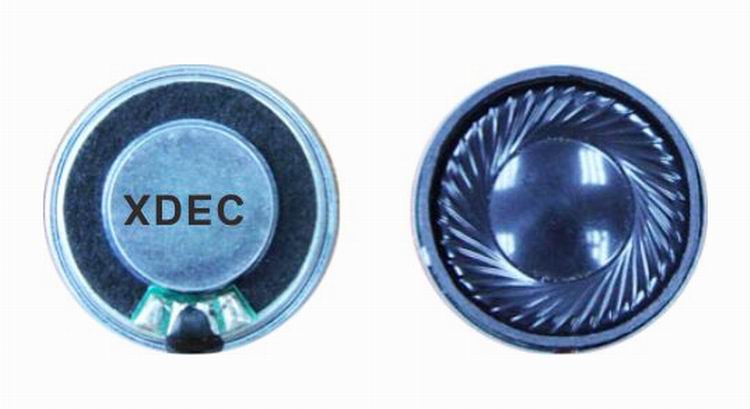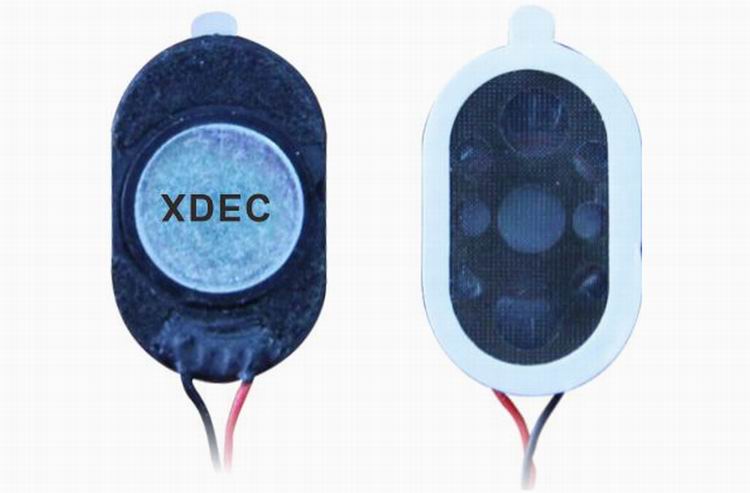With the reduction of costs and technological advances, flash memory is increasingly being used as a storage medium by enterprise-level data centers. Compared to traditional disk media, the advantages of flash memory are obvious: high speed, low power consumption, and space-saving. Especially in terms of speed, flash memory has an overwhelming advantage.
For example, when a customer originally used a high-end disk array, it took 10 hours to process a business. It was later replaced by a flash memory array and the same business was handled in only 2 hours. The performance advantages of flash memory are very obvious.
However, when customers used flash arrays, they discovered that they had only started processing business for two hours. However, after running for a period of time, one day, customers discovered that the processing business took two hours and 30 minutes. Then, the problem came. On the one hand, the customer felt that 2 hours 30 minutes was faster than the past 10 hours. On the one hand, he also thought that the time for processing the work was 25% slower than that for 2 hours.
From this, let's take a look at the “Write-Cliff†phenomenon in flash memory.
What is garbage collection?Flash memory is an electronic medium whose data is written in a manner different from that of a traditional magnetic medium (disk or tape): a block to which new data is written must be a blank block if the block is stored Data, then the old data must first be "erased" (Erase). In particular, when the total amount of written data reaches all the capacity provided by the flash memory, when the update is written again, “erase†is necessarily generated.
Erase has 2 features compared to regular read and write operations.
First, erase is slower than reading and writing. The erase time may be more than 10 times the write time, basically reaching the ms level;
Secondly, the erased processing unit is larger than read and write: the read/write processing unit is a page (generally 4 KB in size, or larger), and the erased unit is a block (a plurality of pages, generally not less than 512 KB).
In this case, in extreme cases, to write 4 KB of data to a block that already has 4 KB of old data, it is possible to first erase the 512 KB of block space around it.

This mechanism of merging a valid Page from a Block into a new Block and erasing the old Block to leave more free blocks is called Garbage CollecTIon. Garbage collection is equivalent to the defragmentation of SSDs. Currently, it is basically a standard mechanism for SSDs and is also involved in the design and optimization of all-flash arrays.
Flash "garbage collection" brings "write cliff" and "write magnification"Back to the beginning of the article, the customer experienced a 25% drop in performance. After understanding the flash garbage collection process, it is easy to understand. A 40 TB usable-capacity flash array was applied to the customer's site, starting with "clean" blank blocks and writing quickly. However, with the continuous updating of data, there will inevitably appear related operations such as data movement and data erasing, and the like, so as to provide “clean†small blocks for subsequent write operations. If these operations are parallel to the front-end applications, it may lead to a decrease in performance, which we call "Write-Cliff".
"Write cliffs" is just one of the problems brought about by garbage collection. Another problem brought about by garbage collection is called “write amplificationâ€: Each cell of the flash memory has a lifetime limit of the number of writes. Garbage collection results in additional Cell writes, accelerating Cell lifetime consumption. We call it "Write-AmplificaTIon."
How to deal with "write cliffs" and "write amplification"Write-off cliffs and write amplification are inherent in flash media. Both SSD solid-state drives and current all-flash array vendors cannot avoid these two issues.
Flash array vendors generally control these two effects within a certain range by means of media materials, algorithms, and architectural optimization. For example, a certain manufacturer, through the following means to optimize the problem of writing cliffs:
First, using an "over-provisioning" approach, to provide more granularity (such as a user-visible capacity of 40 TB and actual physical capacity of over 67 TB), to reduce overall flash wear life and achieve greater flexibility Preventive waste recycling.

At the same time, a flexible garbage collection and processing mechanism is adopted to configure the idle garbage collection engine so as not to occupy the hardware resources for processing the front-end application data IO.
Finally, through the global FTL and the optimized upper layer write mechanism, random IOs are organized in order to reduce the actual number of read and write operations at the bottom.
In addition, there are balanced wear algorithms, monitoring mechanisms and other means to optimize the mitigation of these two issues.
In short, the effect of this problem is one of the factors that measure the capacity of the flash array.
Eliminate misunderstandings, "write cliffs" is not scaryFinally, it should be noted that it is not terrible to write cliffs.
Even if the performance of the cliff is reduced, after the speed is reduced, if the flash array is processed properly, its performance is still much higher than that of the traditional disk array. For instance, you bought a commemorative coin for 100 yuan. At the best time, the price of the commemorative coin soared to 300 yuan, but later it dropped to 280 yuan and settled down at 280 yuan. As a whole, the return is still very good.
Therefore, when selecting a flash memory array, it is important to find out whether the flash memory array manufacturer has optimized the problem, and it is better to let the manufacturer give some persuasive data or test reports.
Navigator speaker:
Navigator speaker is a kind of micro speaker unit which uses a diaphragm made of Mylar material. Mylar speakers are of ultrathin design and lightweight and clear voice. It is widely used in car electronics (GPS navigator, digital video recorder, radar detector-).
There are two types of Mylar speakers from the shapes:
1) Round shapes, we have products from 10mm to 57mm in diameter.
2) Oblong shape, we have products in sizes of 1510/1712/1813-..



FAQ
Q1. What is the MOQ?
XDEC: 2000pcs for one model.
Q2. What is the delivery lead time?
XDEC: 15 days for normal orders, 10 days for urgent orders.
Q3. What are the payment methods?
XDEC: T/T, PayPal, Western Union, Money Gram.
Q4. Can you offer samples for testing?
XDEC: Yes, we offer free samples.
Q5. How soon can you send samples?
XDEC: We can send samples in 3-5 days.
Navigator Speaker,Gps Speaker,Radar Speaker,Vehicle Navigation Speakers
Shenzhen Xuanda Electronics Co., Ltd. , https://www.xdecspeaker.com